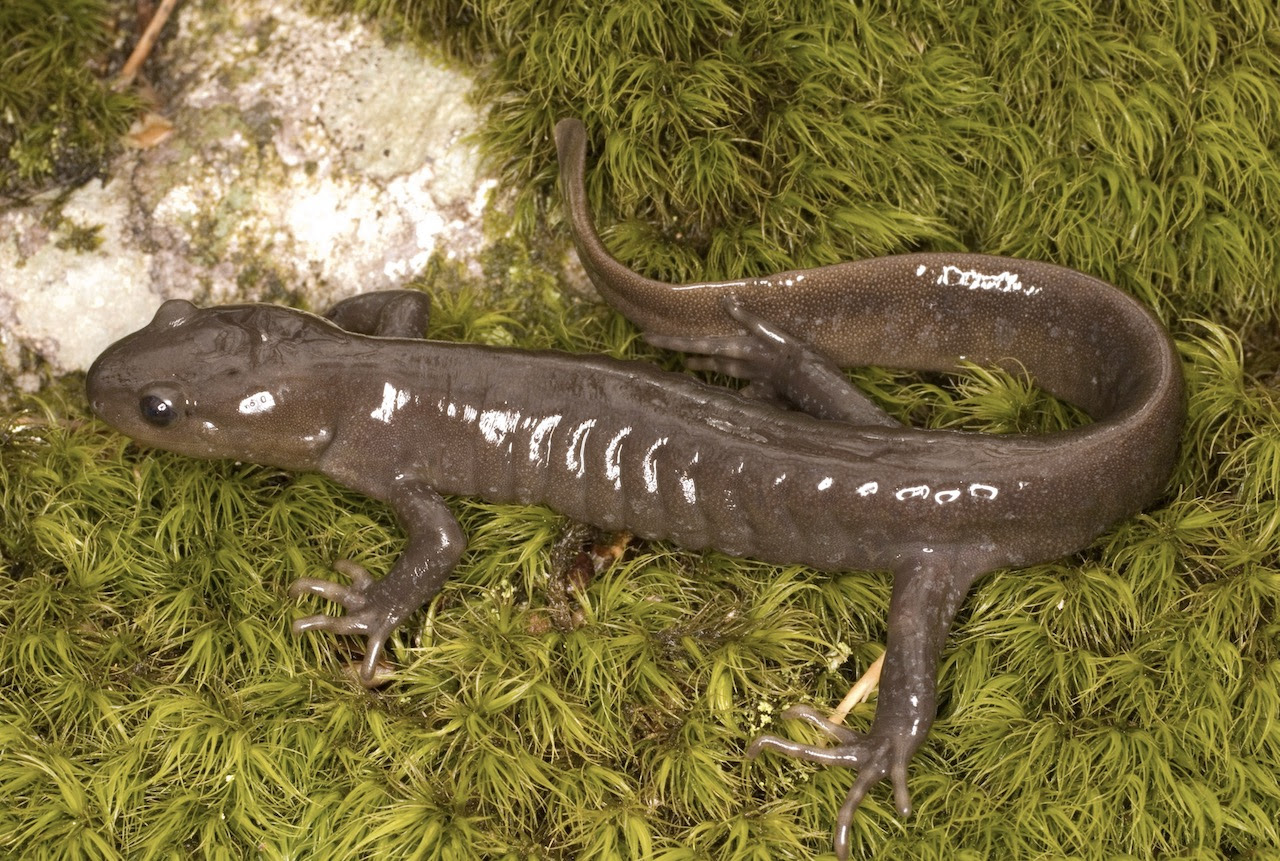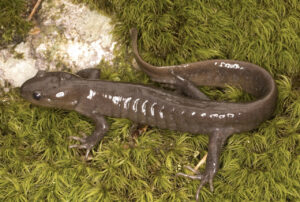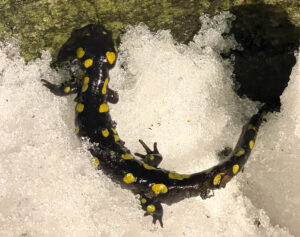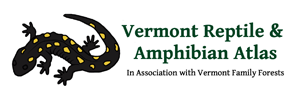
Herp Update: Annual Fundraiser, Recent Work, Herp Activity – December 12, 2024
Our Annual Fundraiser has Begun, Please Donate!
Herpers, we have started receiving some end-of-the-tax-year donations. That and the fact that our HerpAtlas checking account now has only $15.82 in it, convinces me it is time to start our 2025 fundraiser. Thanks to some recent generous donations we have about $7,400 remaining in the accounts kept by our fiscal 501c3 sponsor (Vermont Family Forests). Those funds will allow us to pay for the young biologists helping us this winter, but it is clearly time to fund raise.
Six years ago, we organized our first fundraiser. In addition to funding our educational outreach, data gathering, and conservation efforts, the fundraiser was also motivated by a decline in our regular grant funding, a pressing need to get all our data digitized for future use and to assign accurate latitude and longitude coordinates to older records. Our first fundraiser was a huge success, so we now hold annual winter fundraisers in hopes of raising $20,000 or more to support Herp Atlas projects that are not adequately funded by our grants. One new concern for this coming year is what will happen to our grants that come from the federal level (US Fish & Wildlife and the US Dept of Forests, Parks, and Recreation).
Donations can be made in a few ways:
- Through our GoFundMe site (they take 2.9 percent of the payment plus 30 cents per transaction. They will ask for a tip, but that is optional).
- Via the PayPal button on our website (they take 2.9 percent of the payment plus 30 cents per transaction).
- By sending a check made out to James S. Andrews to: The Vermont Reptile and Amphibian Atlas, 642 Smead Road, Salisbury, VT 05769 (no overhead is lost).
- By sending a check made out to Vermont Family Forests to: The Vermont Reptile and Amphibian Atlas, 642 Smead Road, Salisbury, VT 05769.* Vermont Family Forests is our fiscal sponsor and they are a registered 501c3 non-profit (they take 15% for overhead costs).
*If your fund requires that a check must be sent directly to Vermont Family Forests (P.O. Box 254, 14 School Street, Suite 202A, Bristol, VT 05443), please notify them that your donation is for the Vermont Reptile and Amphibian Atlas and please also contact us directly about your donation.
**Checks should not be made out to the Vermont Reptile and Amphibian Atlas. We can’t cash them that way.
The photo of the adult male Jefferson Salamander below was taken by Kiley Briggs. To learn more about this species visit our GoFundMe page.

A Short Update of Some of our Recent Work
(for more information visit our GoFundMe page).
New Records
The total of new Vermont records entered over the twenty-three months prior to August of this year is 8,026 records contributed by approximately 1,900 different people. Sightings during this period came from 255 of the 256 towns, cities, grants, and gores and all Vermont counties. They included all of Vermont’s native species except Boreal Chorus Frog (probably extirpated from Vermont, last reported in 1999). Working with Vermont Fish & Wildlife, we managed to find a North American Racer. It is the first report of this species since 2014. Over those 23 months, we entered 99 verified reports of S1 (rarest) species, 380 verified reports of S2 (rare) species, 639 reports of S3 (uncommon) species, 428 new reports of S4 (fairly common) species, and 5,189 reports of S5 (most common) species. In addition, we have added negative reports (unsuccessful searches), unverified reports, reports of significant crossing areas, reports of significant herptile habitat, and data from long-term monitoring sites into our database.
Our Surveys
During this period, we personally visited 83 towns (or cities, gores, or grants) to gather new records. Many survey trips focused on those “towns” (including cities, gores, and grants) that have had the least survey effort. This is usually the result of low numbers of residents. Other trips focused on species that are not often reported by citizen scientists. These include the Northern Dusky Salamander (Desmognathus fuscus) and Spring Salamander (Gyrinophilus porphyriticus). We filled in many data gaps (species/town combinations) with these trips.
Field trips, Presentations, and Media outreach
During this time, we met with writers and press for a number of interviews and news pieces on Vermont herptiles. These include six shows on Vermont herptiles for WCAX TV, two interviews on Vermont herptiles for Vermont Public’s Vermont Edition, coverage in Vermont Digger, and multiple other media presentations.
Professional Trainings
We also ran multiple trainings for staff of the Natural Resource Conservation Service (NRCS) and the VT Agency of Transportation’s VT Habitats and Highways course. In addition, we helped lead herp field trips for the Northeast Natural History Conference and the International Conference on Ecology and Transportation.
Other Field Trips and Presentations
We led field trips and/or gave in-person presentations for the Lewis Creek Association, Burr and Burton Academy, Grafton Natural History Museum, the Salisbury Conservation Commission, Otter Creek Audubon Society, Dead Creek Wildlife Festival, the Herricks Cove Wildlife Festival and others.
Recent Herp Activity
I (Jim Andrews) visited the Morgan Road crossing here in Salisbury last night (December 11) for a quick 15-minute walk through. On that walk, I found three Eastern Red-backed Salamanders, one young Blue-spotted Group Salamander, and one Wood Frog. The Red-backeds and the Blue-spotted were clearly headed uphill. The Wood Frog seemed to be just enjoying the rain and 43° F warmth.
In Salisbury, there is almost no snow remaining, but Emily Smull sent us this photo taken in Whitingham last night, where they clearly had some snow remaining. This Spotted Salamander was found on her stone stairs.


